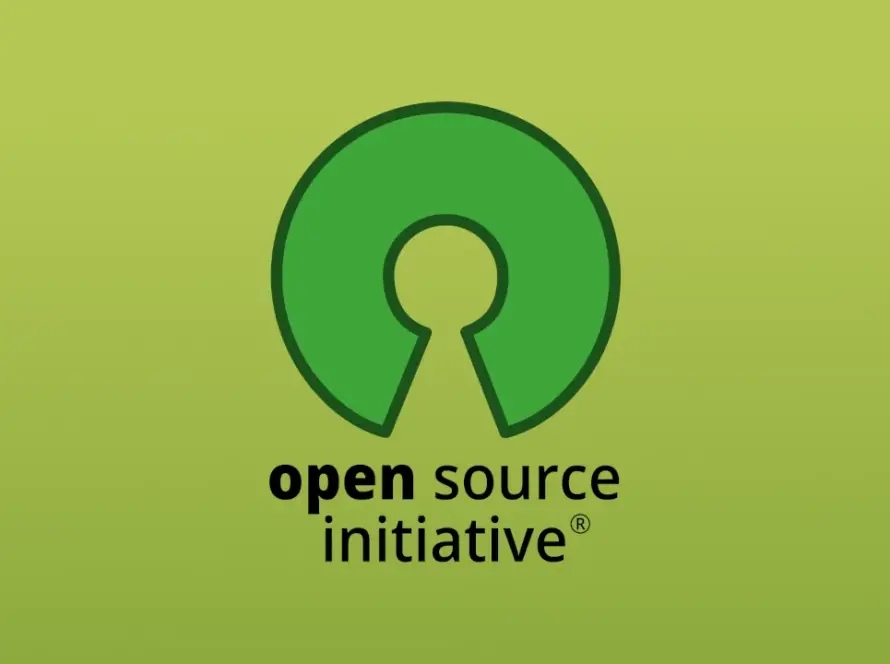Table of Contents
Transforming Machine Learning Optimization: The Emergence of AdEMAMix
Recent strides in machine learning, particularly through deep learning methodologies, have been remarkable. These advancements are largely driven by optimization algorithms that facilitate the training of extensive models across various applications such as natural language processing and image recognition. A central challenge within this domain is the minimization of intricate, non-convex loss functions. Algorithms like Stochastic Gradient Descent (SGD) and its adaptive counterparts play a pivotal role in this process, iteratively refining model parameters to reduce errors during training and enhance generalization on unseen datasets. Despite their effectiveness, there remains considerable potential for improvement regarding how these techniques manage long-term gradient data.
The Gradient Utilization Challenge in Neural Network Training
A primary obstacle when training large neural networks is optimizing the use of gradients—essential updates necessary for fine-tuning model parameters. Conventional optimizers such as Adam and AdamW predominantly depend on an Exponential Moving Average (EMA) of recent gradients, prioritizing current information while neglecting older data points that may still hold significant value. This strategy works well for models where recent changes are critical; however, it can hinder performance in larger architectures or extended training sessions since older gradients often contain useful insights.
Limitations of Current Optimization Techniques
The existing optimization frameworks like Adam and AdamW utilize a singular EMA approach for historical gradients which can restrict their ability to fully capture diverse gradient histories. While these methods adapt swiftly to new changes, they frequently overlook valuable information from earlier gradients—a limitation that researchers have sought to address through various strategies without achieving optimal results consistently. This gap can lead to slower convergence rates and diminished model efficacy—especially evident in large-scale scenarios involving language models or vision transformers.
Introducing AdEMAMix: A Novel Solution
A collaborative effort between researchers at Apple and EPFL has led to the development of an innovative optimizer known as AdEMAMix. This method enhances the traditional Adam optimizer by integrating two distinct EMAs: one that reacts quickly to recent updates and another that evolves more slowly over time. By doing so, it strikes a balance between responding promptly to new data while preserving essential insights from older gradients typically discarded by standard optimizers.
The Dual-EMA Mechanism Explained
The unique dual-EMA framework employed by AdEMAMix allows it not only to maintain responsiveness but also effectively capture historical gradient information throughout the training process. For instance, during experiments with a 1.3 billion-parameter language model using the RedPajama dataset, researchers discovered that AdEMAMix could achieve performance levels comparable to an AdamW model trained on 197 billion tokens using only 101 billion tokens—a staggering reduction of about 95% in token consumption! This efficiency translates into quicker convergence times while often yielding superior minima outcomes with reduced computational demands.
Performance Metrics Highlighting Efficiency Gains
Efficacy assessments reveal substantial enhancements in both speed and accuracy when utilizing AdEMAMix compared to traditional optimizers. In one notable study involving a 110 million-parameter model trained with this new optimizer reached similar loss metrics as an AdamW counterpart requiring nearly double the iterations—256,000 iterations versus 500,000 respectively! Furthermore, when applied to larger models like the aforementioned 1.3 billion-parameter architecture under similar conditions (1.5 million iterations), AdEMAMix demonstrated equivalent results but utilized 51% fewer tokens overall while exhibiting lower rates of forgetting—a crucial factor for maintaining accuracy over prolonged training periods.
Tackling Early Training Instabilities with Warmup Steps
The research team also addressed common challenges faced by optimizers during early-stage instability issues through implementing warmup steps specifically designed for their slower EMA variant—gradually increasing its value throughout initial phases of training helps stabilize operations without prematurely relying too heavily on outdated gradient data points.
A Promising Future for Machine Learning Optimization
AdEMAMix represents a significant leap forward within machine learning optimization practices . By leveraging two EMAs effectively capturing both recent fluctuations alongside historical trends addresses key shortcomings found within conventional methods like Adam or AdamW significantly enhancing convergence speeds whilst minimizing token usage requirements; thus alleviating computational burdens associated with extensive modeling tasks.
This novel approach not only improves performance across diverse applications including language modeling & image classification but also mitigates risks related forgetfulness during lengthy trainings making it invaluable resource among researchers & industry professionals alike!






